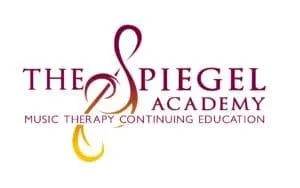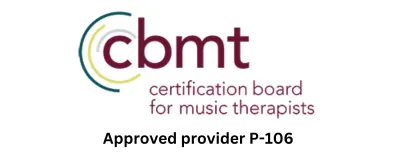
Class Description



Crystal Singing Bowls 101: Foundations of Sound Healing and Scientific Applications in Music Therapy from a Transpersonal MT
$100.00
Quantity




Crystal Singing Bowls 101: Foundations of Sound Healing and Scientific Applications in Music Therapy from a Transpersonal MT
$100.00
Quantity